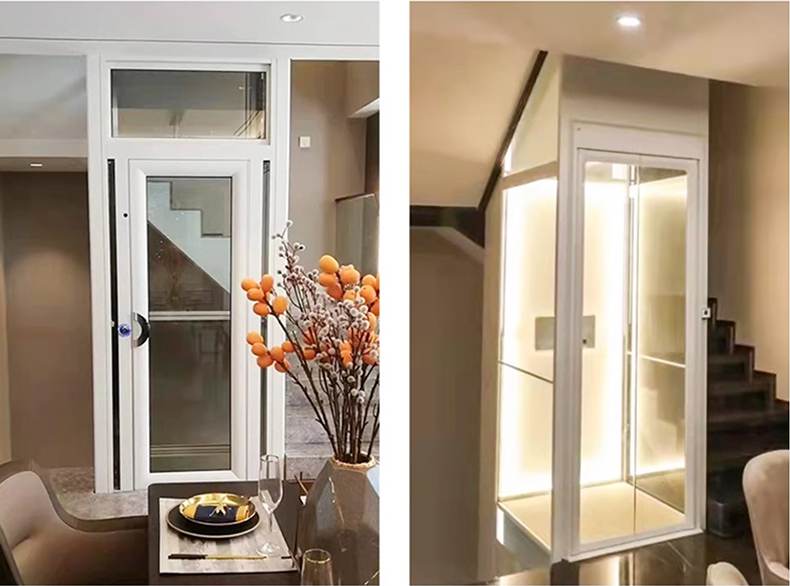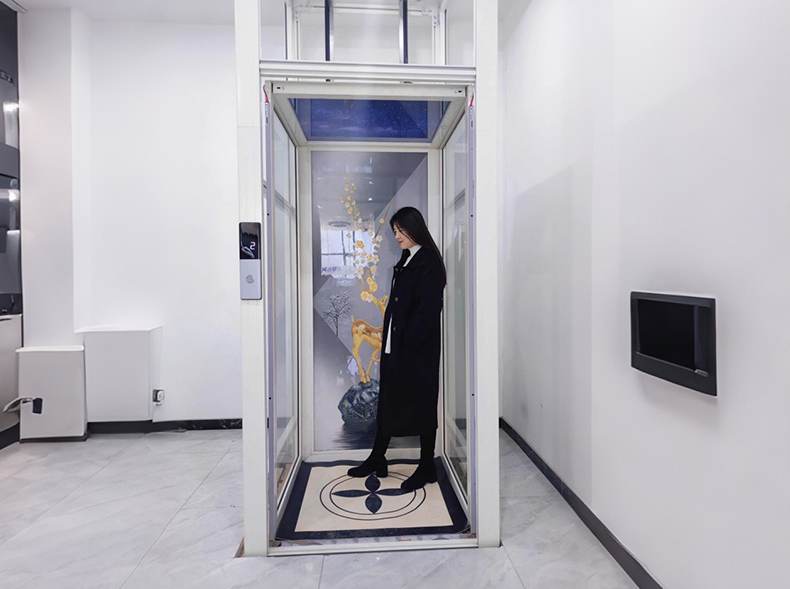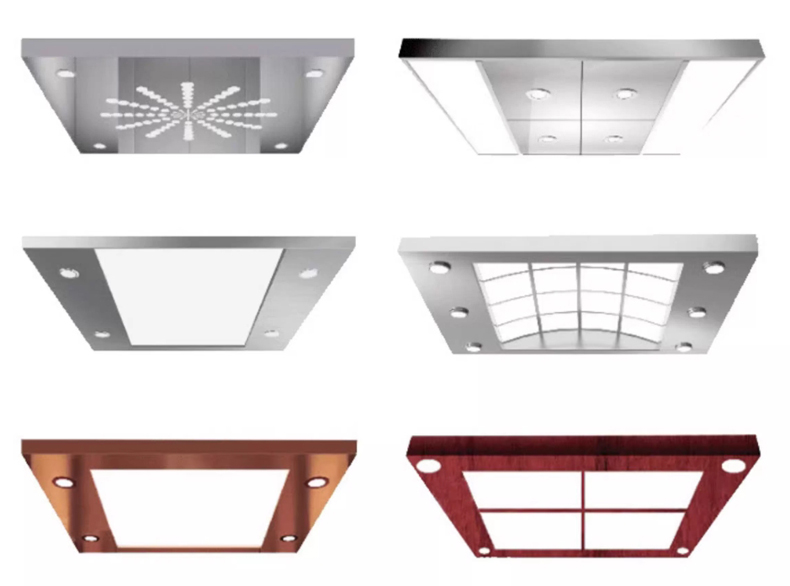Understanding Home Lift Cost: A Comprehensive Guide for Homeowners
Are you considering installing a home lift system but unsure about the expenses involved? The home lift elevator cost can vary significantly based on several factors, including type, features, and installation requirements. Whether you’re looking for a home lift for elderly family members or simply want to enhance accessibility, this guide will help you understand the pricing and make an informed decision.

Factors Affecting Home Lift Cost
1. Type of Home Lift System
The most common types of home lifts include:
-
Hydraulic Lifts: Durable and smooth with lowest price cost, especially for 2-3 story house building.
-
Traction (Cable-Driven) Lifts: Ideal for mid-rise buildings, price higher.
-
Pneumatic (Vacuum) Lifts: Compact, modern, and easy to install with minimal structural changes.
-
Screw-Driven Lifts: suitable for small spaces, need more maintenance.
Each type has different price points, with pneumatic lifts generally being more affordable, while hydraulic and traction lifts may cost more due to their robust mechanisms.
2. Customization & Features
Additional features such as glass cabins, automated doors, emergency backup power, and smart controls can increase the home lift elevator cost. Luxury finishes and bespoke designs will also add to the overall expense.
3. Installation Requirements
Structural modifications, electrical work, and permits can influence the final price. A lift that requires a machine room or significant home alterations will be more expensive than a self-contained unit.

4. Number of Floors & Weight Capacity
The more floors the lift serves, the higher the cost. Similarly, lifts designed for higher weight capacities (e.g., accommodating wheelchairs) may require stronger mechanisms, increasing the price.
Average Home Lift Cost Breakdown
-
Basic Models: $5,000 – $10,000
-
Mid-Range Models: $15,000 – $20,000
-
High-End Custom Models: $20,000 – $30,000+
Maintenance costs (typically $300 – $500 annually) should also be factored into long-term budgeting.

Why Invest in a Home Lift for Elderly Family Members?
A home lift for elderly residents provides independence, safety, and comfort. Stairlifts are a cheaper alternative, but a full home lift offers a more permanent and aesthetically pleasing solution. Features like non-slip flooring, handrails, and emergency buttons enhance safety for seniors.
Ways to Reduce Home Lift Expenses
-
Choose a Prefabricated Model – Custom-built lifts are more expensive.
-
Opt for Minimal Structural Changes – Pneumatic lifts often require less modification.
-
Compare Multiple Quotes – Get estimates from different suppliers.
-
Consider Refurbished Lifts – Some companies offer reliable used models at lower costs.

Investing in a home lift system is a significant decision, but the benefits—improved mobility, increased home value, and enhanced quality of life—make it worthwhile. By understanding the home lift elevator cost and evaluating your needs, you can select the best option for your home and budget.
If you’re looking for a home lift for elderly family members, prioritize safety features and ease of use. Research reputable suppliers, read reviews, and consult professionals to ensure a smooth installation process.
Would you like personalized recommendations? Feel free to reach out in the comments!
Yes – shaftless models usually cost $5000-10000 , while traditional one often starts at $20000.
4. Does installation add to the cost?
Interested in a quote? Contact us for a free consultation!
